SUMMARY
This is AI generated summarization, which may have errors. For context, always refer to the full article.
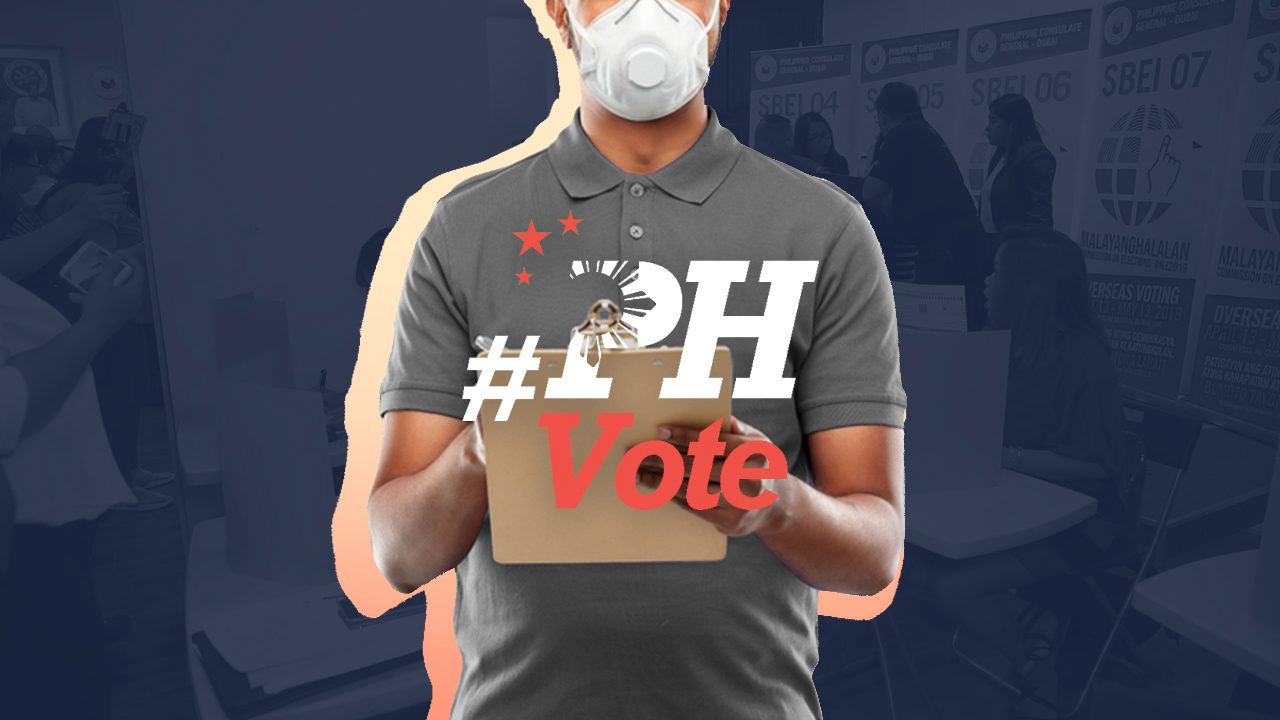
MANILA, Philippines – Filipino voters are undeniably inundated by numbers in the run-up to the national and local elections on May 9, 2022.
There are the usual surveys that seek to understand the preference of voters during certain periods before the actual elections. And as the polls for overseas Filipino voters began on Sunday, April 10, it became inevitable that a new category of figures would spread on social media. These are supposedly based on exit polls conducted among those who already voted in other countries.
But figures we see on social media should be taken with a grain of salt – they cannot be taken as accurate or real, especially if these do not come from credible polling firms and released hardly a week after polls opened abroad.
What do we need to know about exit polls?
What are exit polls anyway?
An exit poll is a survey conducted among voters after they cast their ballot on election day. Results are used to gauge the possible outcome of the elections, as the data gathered are already based on who people actually voted for.
Who conducts exit polls?
Exit polls, just like the pre-election surveys, are conducted by credible polling firms that employ scientific methods in their research, such as the Social Weather Stations (SWS). In many cases, an exit poll conducted by a survey firm is done in partnership with a private entity.
In his Philippine Daily Inquirer column, SWS chair emeritus Mahar Mangahas said the first exit poll was conducted by SWS for ABS-CBN for mayoral and vice mayoral elections in 1992, specifically in Manila, Quezon City, and Makati. He added that it was also co-sponsored by the Manila Chronicle.
ABS-CBN would go on to sponsor exit polls in the 1995 senatorial elections and the 1998 presidential elections. Mangahas was quoted in a 1998 article published on the SWS website as saying that ABS-CBN “never attempted to influence any findings or suppress any figures from the exit polls.”
It is important that exit polls should come from credible firms, especially in this time when disinformation is rampant. The Commission on Elections on Monday, April 11, warned against “unreliable” polls as voting for overseas Filipinos began.
“As a general rule, unless the entity that came out with the exit poll is a known and reputable survey firm, it is not reliable. It is easy to create official-looking forms or graphics that seem legitimate on social media,” Comelec spokesman James Jimenez said on Twitter.
When and where can exit polls be conducted?
Exit polls are essentially conducted immediately after a person votes, especially since firms operate on a short timeframe. But the law is explicit as to where exit polls can be conducted.
Section 5 of the Republic Act 9006 or the Fair Election Act indicates that exit polls are not allowed within 50 meters from polling precincts “whether said survey is taken in a home, dwelling place, and other places.”
Interviewers are also required to wear distinctive clothing and should inform voters that they can refuse to answer.
Mangahas, in his Inquirer column, said that the first exit polls by SWS were conducted in the houses of voters once they had returned from the polling precincts. He said this was a decision of SWS co-founder Mercedes Abad, “whose prime concern was the personal safety of the all-female field staff.”
How are exit polls conducted? Is there an ideal sample size for exit polls?
The methodology of exit polls, especially if there are significant changes, are usually published on the day of the elections. But we can already get an idea of how they are conducted based on previous exit polls.
SWS, during the 2016 presidential elections, conducted its exit polls in partnership with TV5 Network. Its methodology was published on its website. Among others, it indicated that the respondents were “randomly selected voters coming out of voting centers.”
Compared to pre-election voters preference surveys, exit polls usually have a significantly higher number of respondents.
SWS’ exit polls in 2016 had a total sample size of 72,821 – higher than its initial target of 40,100. It conducted the interviews in 802 voting centers.
The sample voting centers within each province and city were chosen “with probability proportional to their number of registered voters.” Each voting center normally had two interviewers.
The interviewers were also “trained to behave in a strictly non-partisan manner at all times” and could not accept voters who volunteered to be interviewed. The data were then transmitted and encoded into one of the 100 encoding stations SWS had in 2016.
When should results of exit polls be announced?
RA 9006 explicitly states that results of exit polls may only be released after voting ends on election day.
The results “must clearly identify the total number of respondents, and the places where they taken.” The announcement, the law adds, “is unofficial and does not represent a trend.”
Why is the timely release of results important? Election lawyer and Rappler columnist Emil Marañon said on Twitter that when prematurely released, results of exit polls could not be relied on “as it is not only misleading, but often sinisterly done for the purpose of influencing the voting.” – Rappler.com
Add a comment
How does this make you feel?
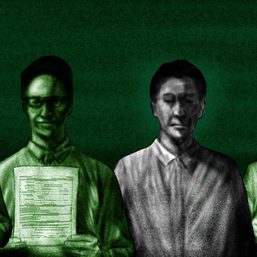
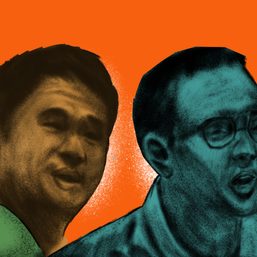
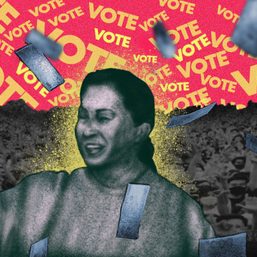
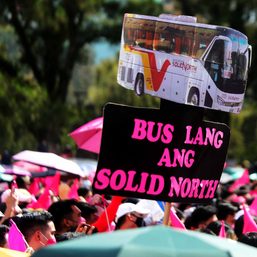
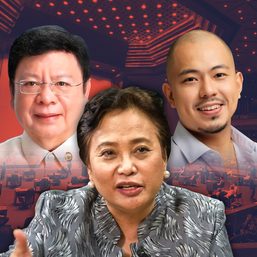


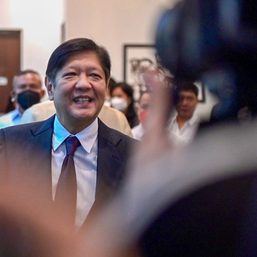
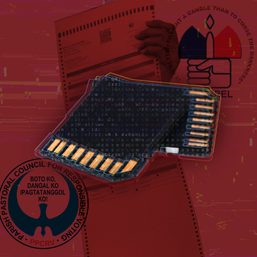
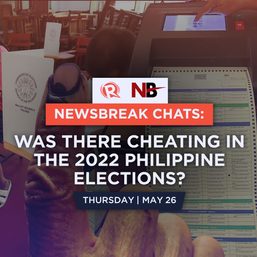
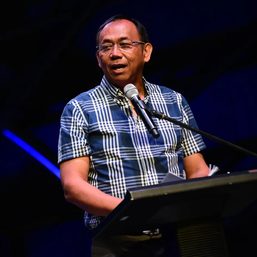
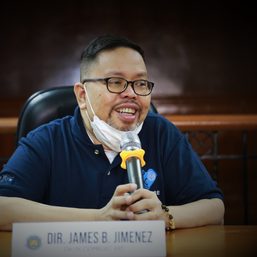
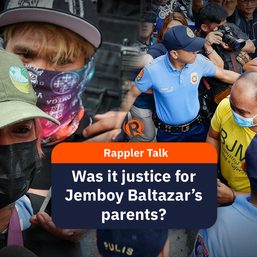
![[New School] Tama na kayo](https://www.rappler.com/tachyon/2024/02/new-school-tama-na-kayo-feb-6-2024.jpg?resize=257%2C257&crop=290px%2C0px%2C720px%2C720px)
![[Only IN Hollywood] After a thousand cuts, and so it begins for Ramona Diaz and Maria Ressa](https://www.rappler.com/tachyon/2024/02/Leni-18.jpg?resize=257%2C257&crop=262px%2C0px%2C720px%2C720px)
There are no comments yet. Add your comment to start the conversation.